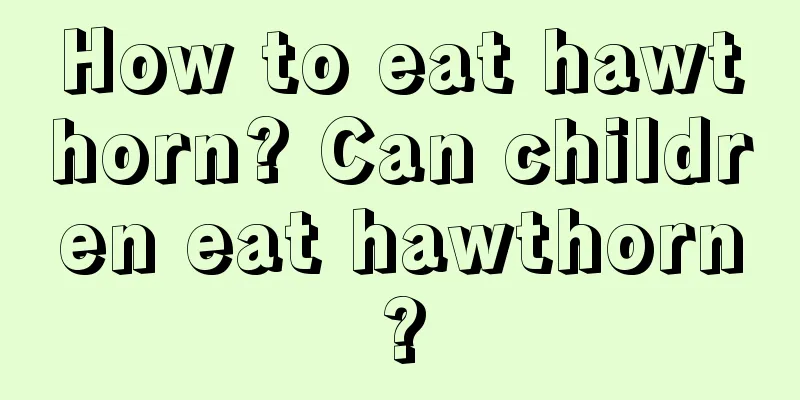Grape Management Methods in June

|
In June, both grapes grown outdoors and in greenhouses usher in their golden period of growth. Vineyard management requires special attention during this critical month. Let’s learn about grape management methods in June. 1. Side shoot treatment Pinch the grape branches, leaving 5 to 8 leaves above the flower spike, and prune again with 3 leaves on the top side shoots. The treatment of the middle and lower lateral shoots varies according to the different grape varieties. For example, the Red Globe and Beauty Finger varieties retain 3 leaves, while the Victoria and Ruby Seedless varieties retain 1 leaf. 2. Fruit enlargement treatment In order to improve the fruit setting rate and fruit quality, most varieties will undergo flower and fruit preservation treatment, usually in mid-to-late May. Seed development may be inhibited during the fruit preservation process, so artificial gibberellin supplementation is needed to promote fruit enlargement. The best time to process is 20 to 25 days after flowering, which is about 14 days after fruiting. 3. Fruit thinning After the expansion treatment, fruit thinning is required to ensure a reasonable load on the fruit clusters and avoid problems such as excessively large fruit clusters and small fruit grains due to inadequate fruit thinning, which affects the commercial quality of the fruit. The degree of fruit thinning should be determined according to the characteristics of the variety. It is generally recommended to retain 50 to 80 fruits. 4. Fruit bunch bagging Bagging in June is crucial and should be done immediately after fruit set is stable, bunch shaping and fruit thinning are completed to avoid the adverse effects of the rainy season. Choose suitable fruit bags, such as fruit bags with light base paper, high transparency, good air permeability and moisture permeability. When bagging, avoid high temperature periods to prevent damage to the fruit. 5. Application of fruit enlargement fertilizer In mid-June, after the fruit hardens and before it colors, apply fruit enlargement fertilizer in time, mainly phosphorus and potassium fertilizers, combined with organic fertilizers or compound fertilizers , and avoid using urea nitrogen fertilizers. Adjust the amount and type of fertilizer according to the actual situation of the vineyard. 6. Pest and disease control During the rainy season in June, grapes are susceptible to a variety of diseases, especially anthracnose and white rot. The pesticide should be applied immediately when the leaves are dry after rain. If it rains after application, it needs to be sprayed again. Vineyards cultivated in the open field should focus on the prevention and control of downy mildew, while vineyards cultivated in rain shelter have fewer diseases and can be prevented by using methyl thiophanate and dasheng. 7. Garden soil and water management Ensure that the field ditches are unobstructed to avoid water accumulation; remove weeds in time to maintain a normal growth environment for plants. In short, meticulous management measures can ensure that grapes receive adequate nutrition and a good growth environment during their peak growth period, thereby increasing grape yield and quality.
|
<<: How to grow lily seedlings? What to do if they don't grow straight
>>: How to grow spider plant seedlings and how to grow them quickly
Recommend
What grasses does oxadiazon herbicide kill?
Methomyl is a pre-emergence and post-emergence he...
To be a beautiful woman, start by growing flowers and vegetables
Maybe you only have a balcony, but it can still b...
How to water Kalanchoe
1. Watering principles (1) It prefers dryness to ...
How to grow Monstera
1. Breeding environment 1. Soil: Monstera prefers...
Diseases and their control of roses
Black spot of rose Symptoms Initially, small purp...
The most effective folk method to stop pigs from eating
In the pig farming process, it is common for pigs...
Sugarcane planting technology
1. Select cutting Prepare a piece of unpeeled sug...
What to do if Strelitzia leaves are curling
Strelitzia root burn causes leaves to curl When w...
What fertilizer to use for Schefflera arborvitae and how to make it grow faster
1. What fertilizer to use When growing Schefflera...
How to soak dried Hericium erinaceus best? How long does it usually take to soak dried Hericium erinaceus?
1. How to soak hair 1. After buying Hericium erin...
What flowers are suitable for growing in Fuxin? What are the city flowers and trees?
1. Climate characteristics of Fuxin Fuxin has a n...
How to make brocade out of red silk
1. Plenty of sunlight The leaves of the succulent...
Loofah Planting Methods and Techniques
Luffa is popular for its strong environmental ada...
Does the Emerald Tree bloom?
1. Whether it blooms: The green treasure tree is ...
Jasmine fertilization method
Does potted jasmine need fertilizer? Some notes o...









